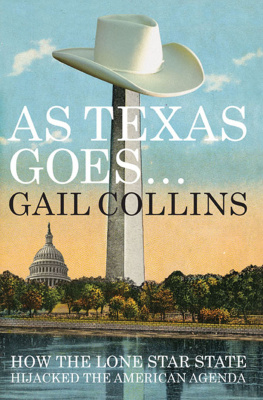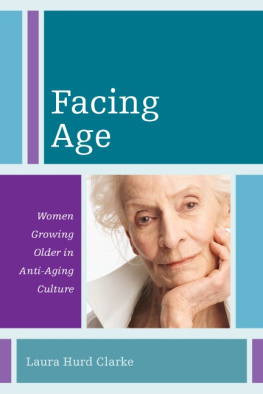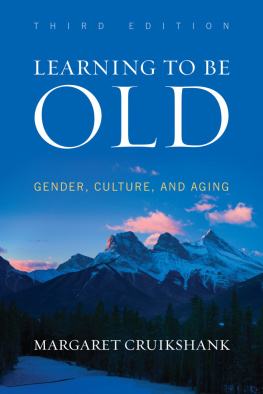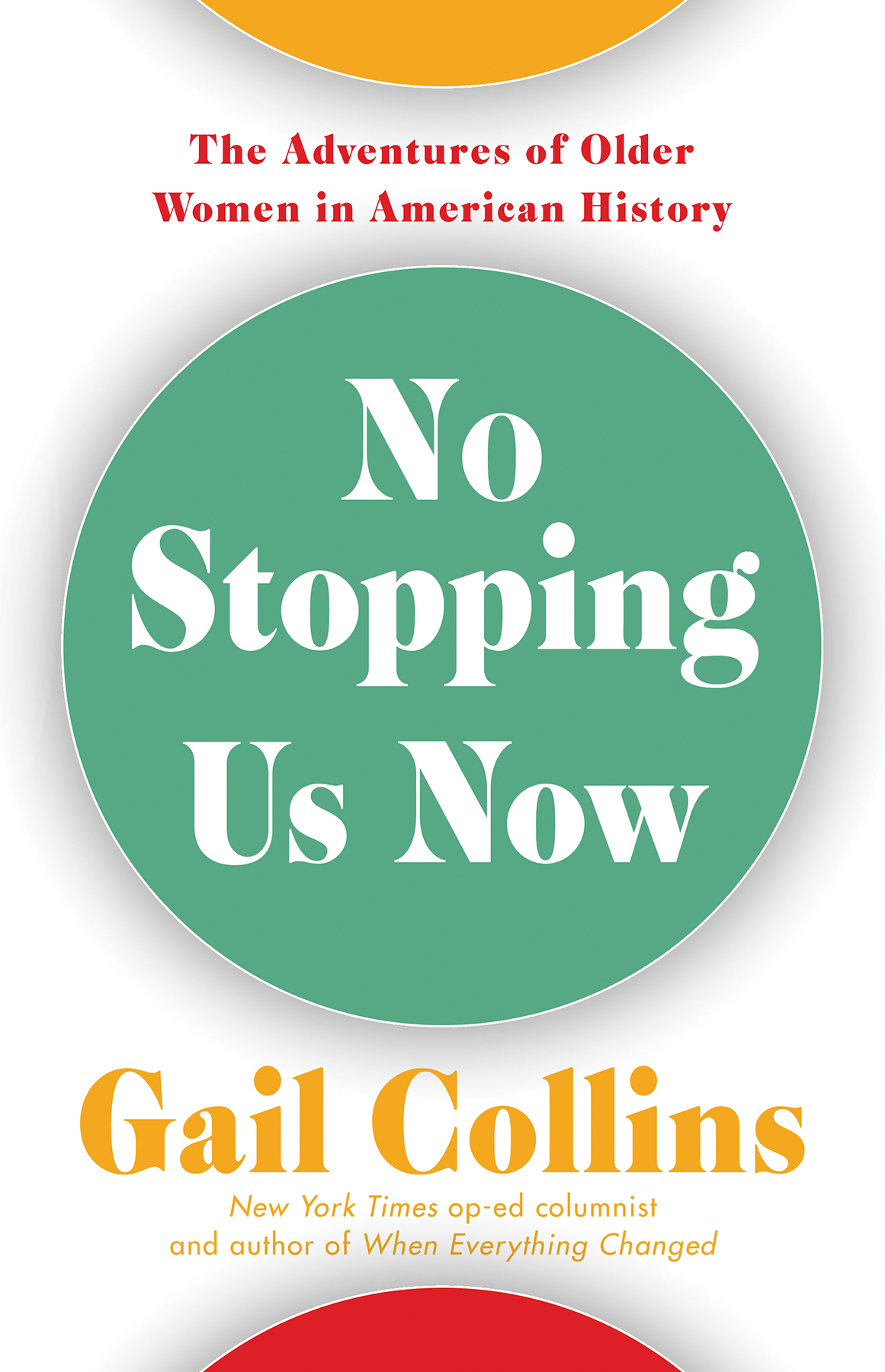Cover design by Mario J. Pulice
Cover copyright 2019 by Hachette Book Group, Inc.
Hachette Book Group supports the right to free expression and the value of copyright. The purpose of copyright is to encourage writers and artists to produce the creative works that enrich our culture.
The scanning, uploading, and distribution of this book without permission is a theft of the authors intellectual property. If you would like permission to use material from the book (other than for review purposes), please contact permissions@hbgusa.com. Thank you for your support of the authors rights.
Little, Brown and Company is a division of Hachette Book Group, Inc. The Little, Brown name and logo are trademarks of Hachette Book Group, Inc.
The publisher is not responsible for websites (or their content) that are not owned by the publisher.
The Hachette Speakers Bureau provides a wide range of authors for speaking events. To find out more, go to hachettespeakersbureau.com or call (866) 376-6591.
I n this youth-made world, when a womans over 25, shes considered old. Or on the way, began a 1971 ad for hair coloring. It went on to assure the readerafter quite a bit of depressing verbiagethat all was not lost. With Loving Care on your side, Youre not getting older. Youre getting better!
Well, that was a relief.
The ad became a classic. For years the Youre not getting older slogan would pop up all over the placeat one point in a heavily orchestrated song with a melody so triumphant youd have thought it was celebrating a moon landing, or the evacuation of Dunkirk.
Were a lot more sophisticated now. Nobody thinks 25 is old. But virtually nobody who spots her first gray hairs is going to sigh virtuously and let nature take its course, either. Theres a reason why forty, fifty, and sixty dont look the way they used to, Nora Ephron once wrote, and its not because of feminism, or better living through exercise. Its because of hair dye.
Weve expanded our vision of what women can do at any ageRuth Bader Ginsburg working out with her personal trainer at 86 before a day at the Supreme Court sounds perfectly reasonable, not to mention deeply desirable. But that doesnt mean our prejudice against growing older has been erased. If it had, the 7,000 or so cosmetic surgeons in America would be way underemployed.
This is the story of women and age in America, from the colonies to the twenty-first century, from Martha Washington to Hillary Clinton. There were definitely some points when getting older was easier than others. Thats always been the case, throughout history, around the planet. Herodotus tells us of some tribes who worshipped their elders as gods and of others who ate them, wrote historian David Hackett Fischer. The extremes in America, fortunately, have been somewhat less dire.
Who counts as an older woman? Well, there have been some pretty dramatic swings in opinion. In the early colonial south, any woman short of menopause counted as a hot young marriage prospect. But after the American Revolution, in female-laden northern cities, turning 30 without a husband meant entering the realm of old maidhood. This is not going to be a tale of steady progress toward an age-indifferent tomorrow. However, we can definitely pick out some eras that look more enticing than others. And then decide whether the one were living in now is a moment of real transition.
Traveling through American history, well see how attitudes toward women in their middle and later years shifted. There are some very clear patterns. One is that matter of scarcity. A 50-year-old widow could start her own business while choosing from among a dozen eager suitors if she happened to be one of a handful of females in a gold rush town in the middle of the nineteenth century.
The second, inevitably, is economic. Eras in which older women were able to earn money or increase their familys assets were eras in which they were popular. In colonial times, a widowed grandmother who was a skilled spinner or sausage maker got plenty of respect. Jump ahead 100 years, move to a city, and your middle-class housewife had only one job to do: have babies and rear them. When the kids were grown, she was consigned to a rocking chair in the cornermetaphorically and frequently literally.
Our first generation of great female public figures came into their political prime in the mid-nineteenth century, when they were in their 50s or 60s. Their America still believed a womans place was in the home. But some canny strategistslike Elizabeth Cady Stantoncame up with a pseudo compromise. They stayed home, raised the kids, and then took off on their lecture tours, bearing their gray hair as the proud proof that theyd followed the rules. Now it was time to raise hell and fight for abolition and womens rights.
Suddenly women were composing odes to menopause. One mid-nineteenth-century reformer announced that the end of fertility was a time for super-exaltation. On the other hand, that was also a time when some doctors were beginning to theorize that postmenopausal women who engaged in sex were risking their lives and their sanity. There are no periods in American history when all the news is good.
During the period between the Civil War and the end of World War I, female entertainment celebrities tended to be older. You could be a glamorous singer at 50 and a famous beauty on the stage at 60 or 70. That was the age when popular entertainment meant lectures and theater. Then came the movies, with their unforgiving close-ups, at the same time that an enormous economic boom put outrageous new consuming power into the hands of the young. Older women were no longer in vogue or in view. In popular films of the day, they were usually busty dowagers sternly disapproving of their male counterparts, who swanned around speakeasies with showgirls.
The national mood got serious during the Depression and World War IIand Eleanor Roosevelt was the most admired woman in the country. Then, after another postwar obsession with the consumer power of the younger generation, came the womens liberation movement, whose heroines included middle-aged women like Betty Friedan and Ella Baker. At about the same time, the New Left was preaching, Dont trust anyone over 30.
The biggest changes for older women were sparked when the booming postWorld War II economy sputtered and families found it harder and harder to live a middle-class life on just the husbands salary. Suddenly women who had always been raised to aspire to domestic bliss began to be valued for their moneymaking potential. I have a vivid memory of talking with a group of male college students in the 1980s, all of whom agreed that the most important qualities in a wife were personality and good earning capacity. They were probably downplaying physical attractiveness for the benefit of the visiting feminist. But it was still a sea changeafter a national history in which men remained in their prime decades after women were judged old and on the shelf, things were evening out a little. (Yeah, you say, but what about female movie stars who get put out to pasture at 35? Yeah, I say, well, what about Meryl Streep? Well talk.)






